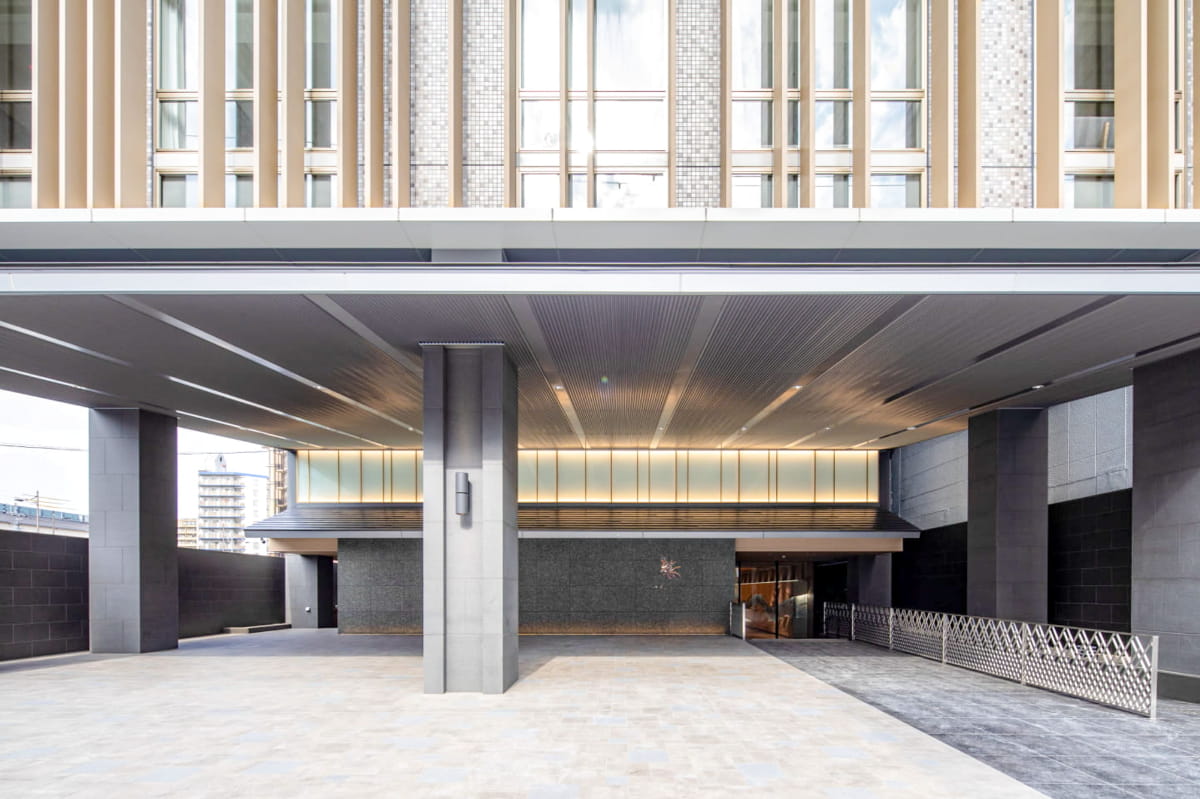
Access

When arriving by Shinkansen or train
About a 2-minute walk from the Torimaru Underpass Exit of the municipal subway "Kyoto Station"
About a 4-minute walk from the central exit of JR "Kyoto Station"

If you come by car
Via Dainikeihan Road
⚫️
Kamogawa Nishi IC
(About 10 minutes)

ALA HOTEL
Via Meishin Expressway
⚫️
Kyoto Minami IC
(About 15 minutes)

ALA HOTEL
The hotel does not have a parking lot. We can guide you to a nearby pay parking lot.

If you come by plane
Kansai International Airport
JR Kansai Limited Express Haruka
⚫️
Kansai International Airport
JJR Kansai Limited Express Haruka
(Arrive at Kyoto Station Central Exit)
[Approximately 1 hour and 15 minutes]
⚫️
Kyoto Station Central Exit
(About 4 minutes
on foot)

ALA HOTEL
Kansai International Airport
Airport limousine bus
⚫️
Kansai International Airport
Airport limousine bus
(Arrive at Kyoto Station Hachijo Exit)
[Approximately 1 hour and 25 minutes]
⚫️
Kyoto Station Hachijo Exit
(Approximately 8 minutes
on foot)

ALA HOTEL
Osaka International Airport (Itami Airport)
Airport limousine bus
⚫️
Osaka International Airport
Airport limousine bus
(Arrive at Kyoto Station Hachijo Exit)
[Approximately 1 hour]
⚫️
Kyoto Station Hachijo Exit
(Approximately 8 minutes
on foot)

ALA HOTEL

Facilities around ALA HOTEL
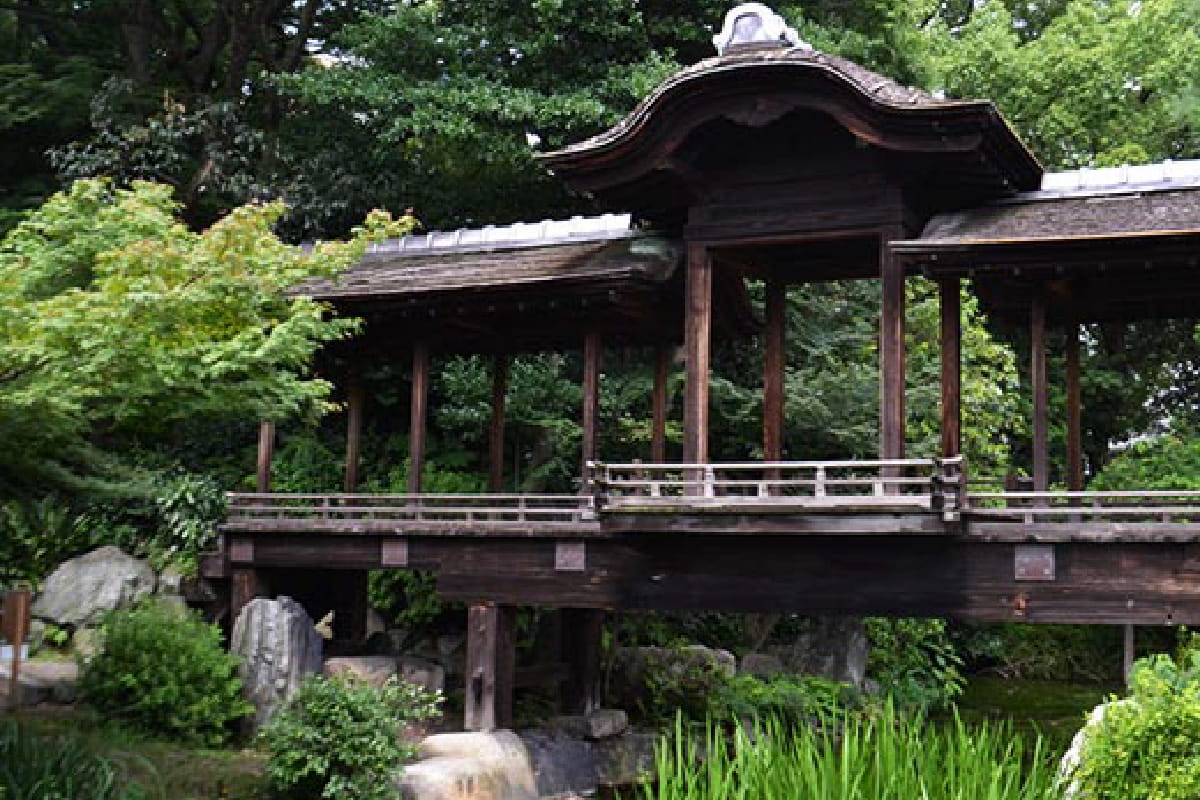

Shosei-en Garden
Seasonal flowers bloom ,
A variety of landscapes
Wataruen is a garden in the precincts of Higashi Honganji Temple. The scenery that is full of variety, with seasonal flowers blooming and dusting, is called the "13 Views".


Higashi Honganji Temple
With the architectural beauty cultivated in history
Beautiful landscape in harmony with natural beauty
It is the head temple of the Shinsou Otani school, and its official name is the Shinsou main mausoleum. He was erected in 1602 when the 12th Kyōnyo of Higashi Honganji was given a temple ground by Ieyasu Tokugawa.


Sanjusangendo
Has 1001 thousand-handed Kannon statues
Powerful temple
Temple of the Tendai sect. The official name is "Rengeoin", but he is another name for Senju Kannon. In other words, it means a temple that enshrines Senju Kannon.


Kyoto National Museum
The idea of Tendai was bornThe idea of Tendai was born
Enjoy diverse cultures
We will exhibit cultural assets centered on the culture of Kyoto from the Heian period to the Edo period. In addition to regular exhibitions, special exhibitions are held two to four times a year.


Tofukuji Temple
Coloring autumn in Kyoto with autumn leaves,
The 4th largest Zen temple in Kyoto Gozan
One of the five mountains of Kyoto. It was built by the Kujo Michiie as a temple. The temples and towers are lined up in the wide precincts. Tsuten Bridge is a famous spot for autumn leaves.


Fushimi Inari Taisha Shrine
The bright vermilion is beautiful
Fantastic and graceful sight
Fushimi Inari Taisha Shrine, which is familiar to Mr. Inari, is the main shrine of about 30,000 Inari shrines nationwide. Its history is older than the Heian relocation, and it is said that it was founded in the 4th year of Wado (711).
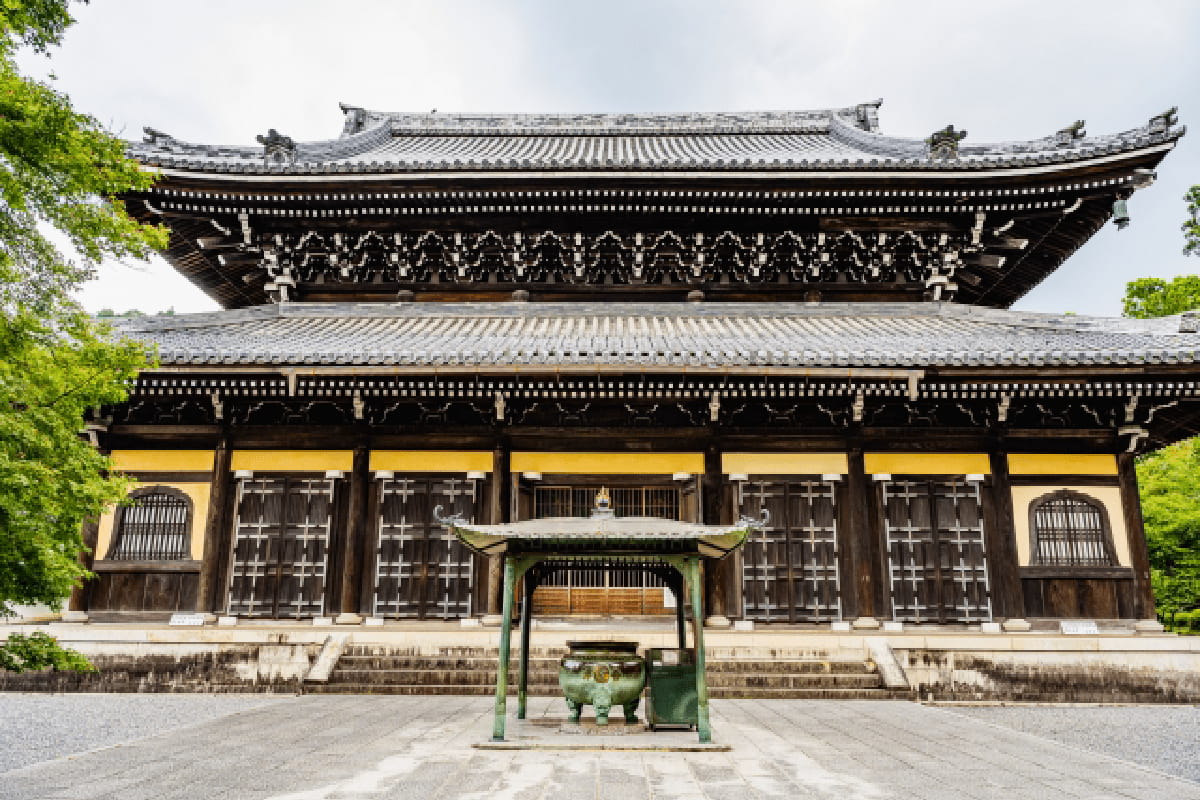

Nanzenji Temple
Historical buildings
Blend into the natural landscape
The head temple of the Rinzai sect Nanzenji school. It is a specially treated temple located on the top of Kyoto Gozan and Kamakura Gozan, and has the highest prestige of all Zen temples in Japan.
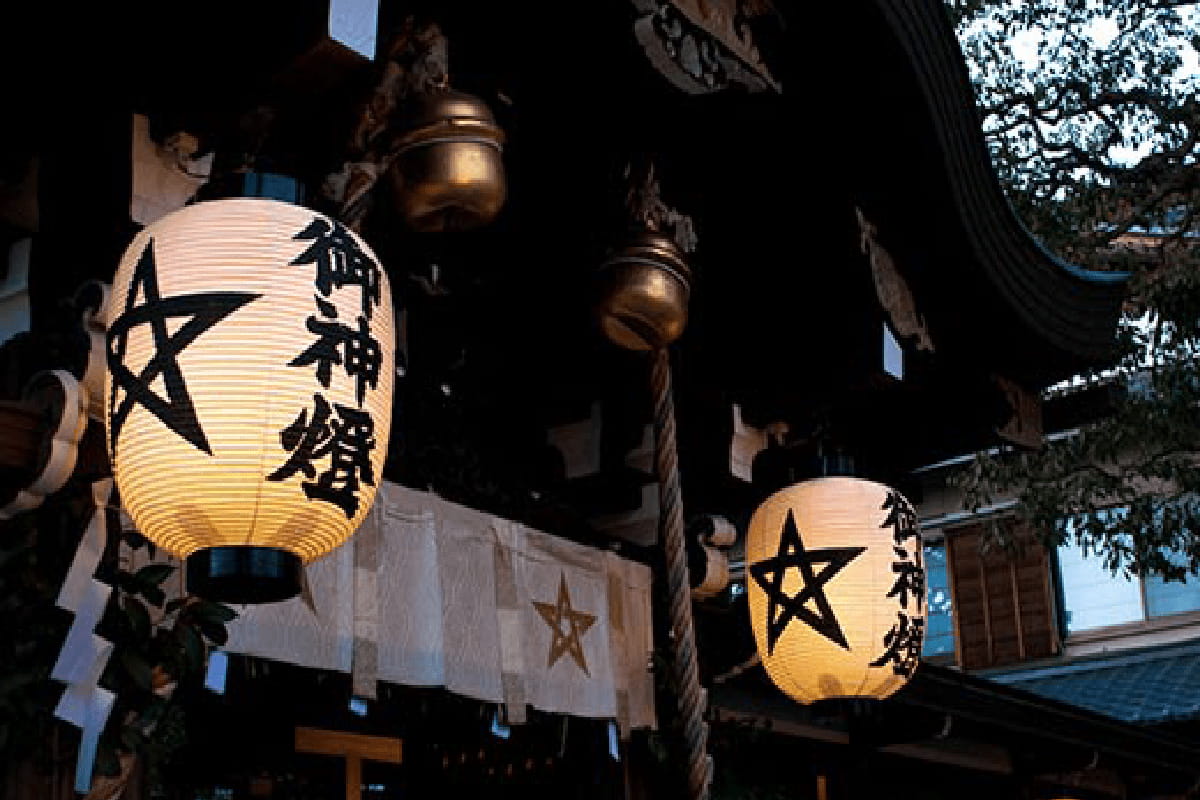

Seimei Shrine
陰陽師 Onmyoji Abe no Seimeibr> The sincerity of a revered worshiper
A shrine dedicated to the Onmyoji "Abe no Seimei" during the Heian period. It is said to be beneficial for amulets and evil spirits. The five-pointed star, which is the company crest, is applied everywhere in the precincts.

World heritage tour


Nishi Hongan-ji Temple
Spacious precincts
A place for citizens to relax
The head temple of the Jodo Shinshu Honganji school. Officially called Ryutaniyama Hongan-ji, it is also called Nishi Hongan-ji.


Kiyomizudera
At "Kiyomizu Stage"
Known temple
The main hall, which is the etymology of "jumping off the stage of Kiyomizu," and national treasures and important cultural properties such as the three-storied pagoda are lined up.
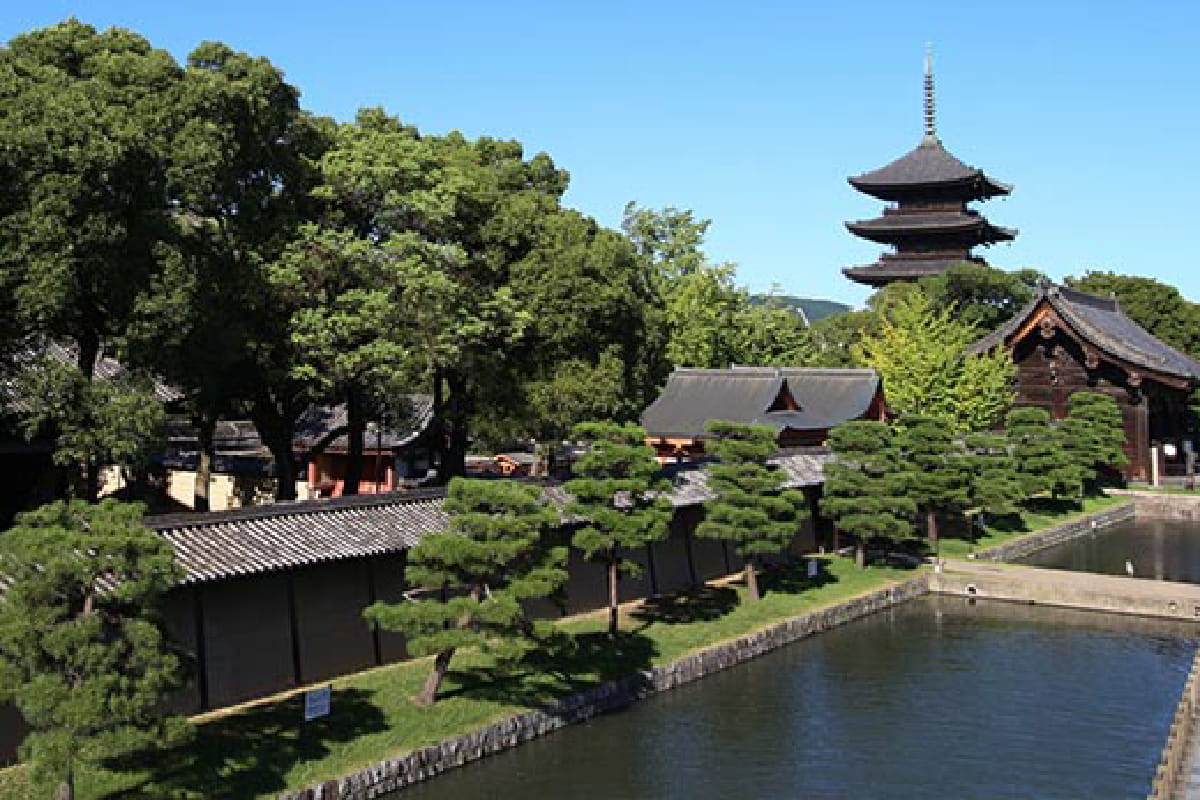

Toji
From the Heiankyo period
The only remains of a temple that remains today
Toji is the only surviving remains of Heiankyo with a history of more than 1200 years since its foundation. The famous five-storied pagoda (national treasure) is the tallest wooden building in Japan, boasting a height of 54.8m.


Nijo Castle
Built in the Edo period
Japanese castle
It was built in 1603 by Ieyasu Tokugawa as a lodging place for Shogun Joraku, and is also known as the place where Yoshinobu Tokugawa, the last shogun of the Edo Shogunate, expressed his intention to repatriate the Taisei Hokan.


Ninnaji Temple
Five-storied pagoda, Nioumon, etc.
Buildings built in the Edo period
The head temple of the Omuro school of the Shingon sect, which was founded in 888. After prospering during the Kamakura period, most of it was burned down by the Onin War, but it was revived in 1634 with the support of Tokugawa Shogun Iemitsu.
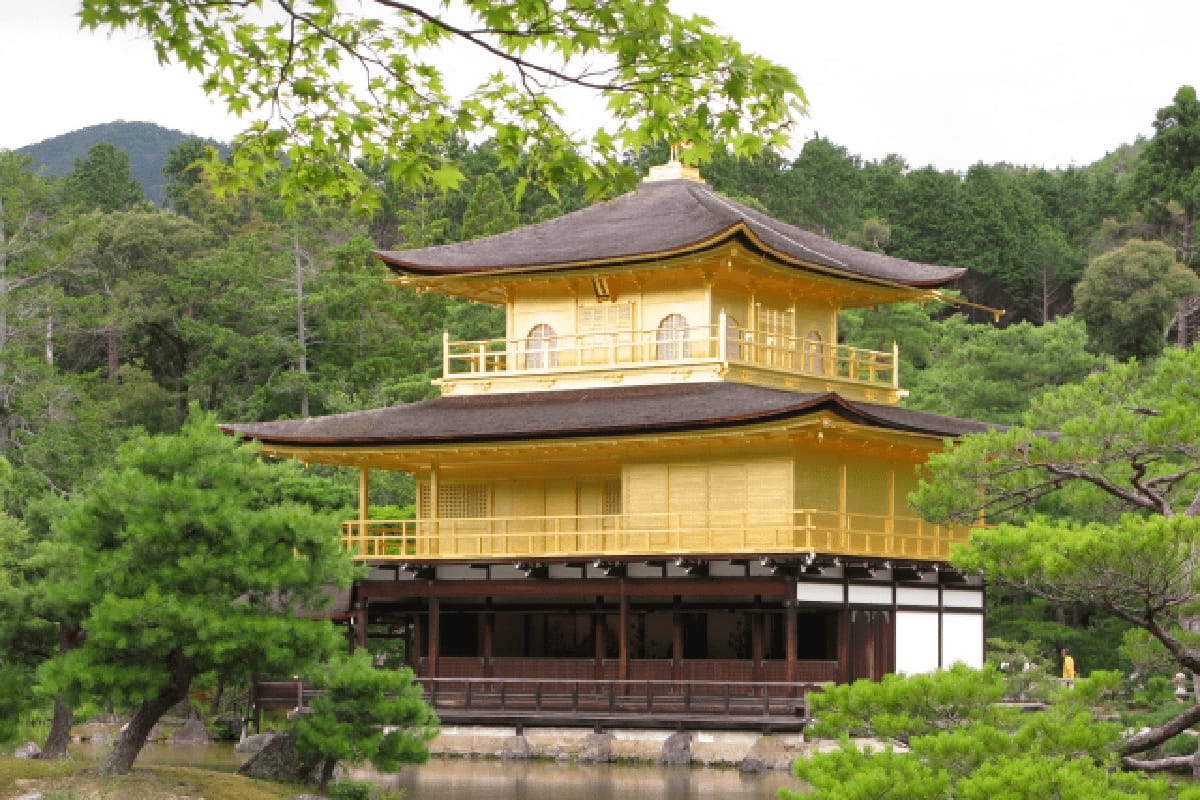

Kinkakuji Temple
Needless to say
金箔に覆われた金色に輝く舎利殿
The golden shrine covered with gold leaf
Sariden "Kinkaku" is especially famous, so it is generally called Kinkakuji. It is said that the gardens and architecture centered on the Kinkakuji represent the world of Sukhavati Jodo.
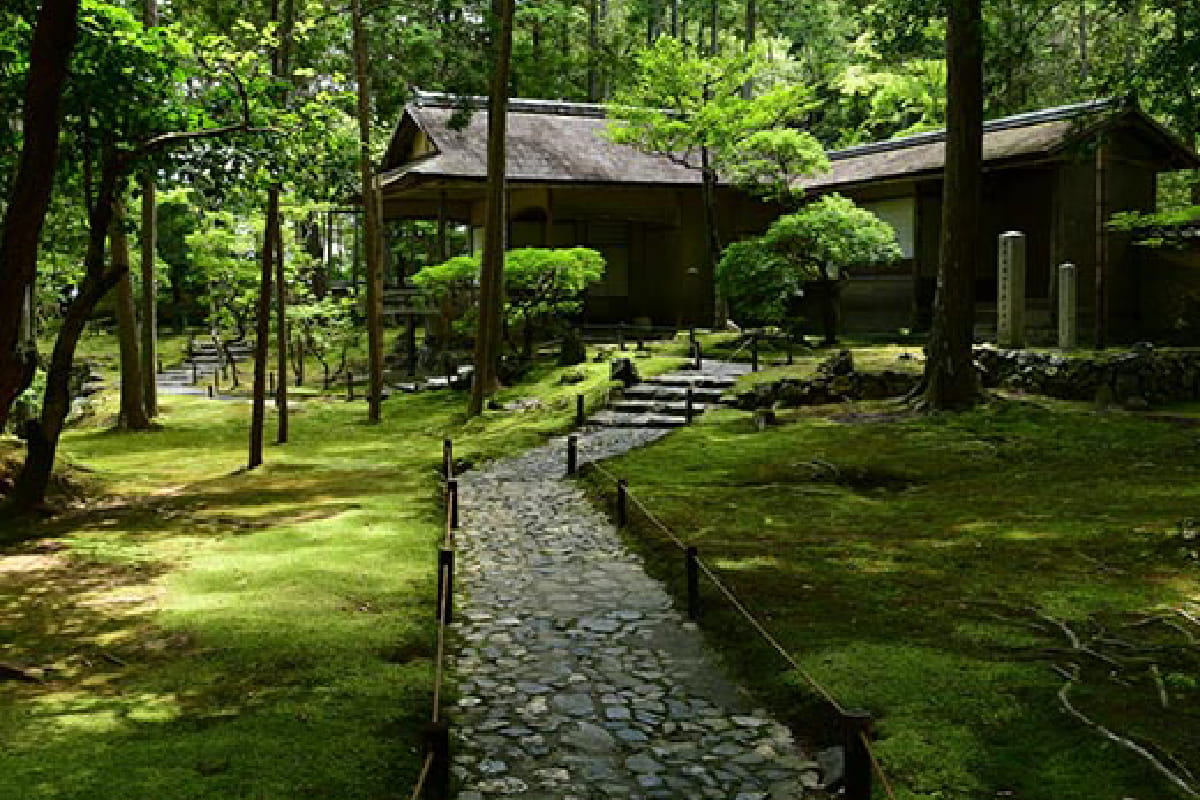

Saihoji Temple
About 120 species
Moss-covered garden
A temple of the Rinzai sect. He is also called "Moss Temple" because he is covered with more than 120 kinds of moss in the precincts.


Ryoanji Temple
Enter the mountain gate and spread to the left
One of the three mirror ponds in Kyoto
When Queen Elizabeth II visited Ryoanji Temple in 1975, she praised the dry garden of the dry garden and became known all over the world.
